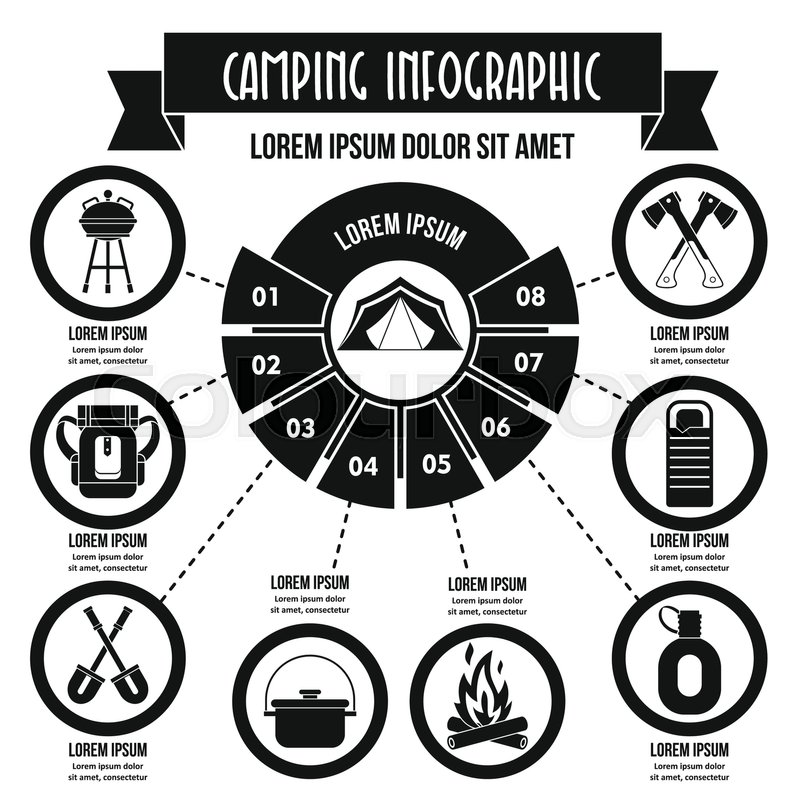Photographing the night sky can be an extremely fulfilling experience. Yet it takes some preparation and experimentation to get terrific outcomes.
How much is a small tent?
Start by searching the shoot place during daylight to make certain it has some intriguing foreground attributes such as a lake representation, rock development or lighthouse. Strategy your shot around moonrise and sundown times, and recognize when the Galaxy climbs expenses and in what instructions.
Picking an Area
The first step in taking photographs of the night sky is choosing a location. The best locations have minimal light pollution, which can obscure the stars. These areas are ranked on the Bortle range from 1 (the darkest) to 9 (one of the most contaminated).
It's likewise crucial to discover a safe and accessible location, especially after dark. Pick an area much from roads or campgrounds and away from ground light sources, such as streetlights or moonlight. You can use a map or app, such as PhotoPills, to aid you intend your shot and figure out the ideal time of day.
The next step is figuring out the structure of your photograph. Consisting of intriguing foreground aspects, such as trees or mountains, can add depth and a feeling of scale to your image. Experiment with different setups, such as shutter rate and aperture, to accomplish the desired effect. As an example, if you intend to catch star trails, begin with a lengthy exposure of around 30 seconds and gradually lower the shutter rate up until the stars start to route.
Selecting a Video camera
In order to capture jaw going down images of the stars & Milky Way it's important to make use of the ideal cam gear. This consists of a high-end DSLR or mirrorless video camera with a broad angle lens. For evening skies digital photography you'll likewise need a tough tripod.
The primary step is to focus your camera on an intense star. Using real-time sight you can use the magnifying feature to concentrate on the part of the star that shows up smallest and most like a determine. After that take a test shot and examine the lead to playback. If the star looks extended that's an indication that you need to lower your shutter speed time.
It's also an excellent idea to bring extra batteries as some sorts of night skies digital photography involve extensive exposures that drain the battery. Specifically if you're shooting celebrity tracks or capturing photos for stacking. An electronic camera air conditioning system is also valuable to assist avoid electronic noise from overheating throughout long direct exposures.
Taking the Picture
A video camera with ISO capacities and a wide-angle lens are tent waterproofing the vital tools for evening sky images. Ideally, take practice shots to make sure the stars remain in sharp focus which your focus expands out far sufficient to the edge of the frame. After that, tape the lens down so it doesn't redouble during a lengthy exposure.
Explore exposure times lasting from a couple of minutes to numerous hours, depending on the area's light pollution and your lens' optimal aperture. For example, longer direct exposures can show celebrity trails, while much shorter ones can capture arcs of light or vortex-like circles.
For a much more precise look, established the white balance to tungsten or kelvin and shoot in RAW setting, rather than JPEG, for optimum editing adaptability. Likewise, be sure to bring a lot of batteries, because long direct exposures can drain them rapidly. Check out the Clear Dark Skies application to find a weather prediction that reflects your area's exposure.
Modifying the Photo
Photographing the evening skies is a highly satisfying experience and offers a deep link to our substantial universe. Picking a location without light air pollution and shooting throughout the new moon or when the Galaxy isn't full are crucial to capturing spectacular photos. A good weather condition application is also worth investing in as weather can actually hamper your possibilities of success.
Technique adjusting your cam's setups (ISO, aperture, shutter speed) before you get to your chosen area. Make sure that you have plenty of battery life as long exposures will promptly drain it. Consider utilizing a flashlight to brighten objects in your foreground during a lengthy direct exposure; this will certainly give them a beautiful look.
Can you sleep in a tent when it's raining?
Attempt developing a structure that consists of both an image of the foreground and among the stars in the evening by mixing two different direct exposures together. You will certainly need to have actually taken a direct exposure of the foreground during heaven Hour and another of the stars during the night.
